Key trends that will influence brands' social media strategy in 2021: Talkwalker
Talkwalker in collaboration with HubSpot has released a report titled Social Media Trends 2021 to help clients drive their social media strategy forward.
No one could have predicted the Covid-19 virus outbreak which from near zero mentions in November 2019 reached 1.2 B to date mentions the report. The report highlights trends that were impacting brands at the ground level and were accelerated by the effects of the pandemic. These trends have been rated by surveyed consumers from a scale of ‘most impactful’ to ‘least impactful’.
Also read: Talkwalker boosts social listening coverage with unique Quora partnership
Remixing is the new User Generated Content - User-generated content is nothing new, but the way it has been created, sourced, and shared is contemporary. Remixing is on the rise through apps like TikTok, Koji, and Instagram Reels. Remixing is the art of taking existing formats, templates, or ideas, and recreating them to express a user’s own personality or ideas.
This new creativity will be embraced by brands and social media channels alike. Companies will look to provide users with more creative outlets, arming them with templates, tools, and assets to create original content.
While more apps, and the larger social platforms, will adapt to meet these demands. And to counteract rising competitors. Offering other outlets for users to create beyond video—expect to see a greater number of games, 3D pics, and even VR and AR user-generated content led by Smartphone advances.
The four Cs of COVID-19 content - The shadow cast by COVID-19 will most likely linger, making it hard for consumers to simply forget its consequences. Brands will need to adapt their communications with this in mind. The tone of 2021 will be shaped by the 4 Cs of COVID-19 content: Community; Contactless; Cleanliness; Compassion.
In their search for information, consumers are turning to brands for information and reassurance relating to the crisis. 78% of consumers say that brands should help them out in their daily lives.
The 4 Cs should shape brand communications over the coming year, adapting as the key consumer concerns change.
Memetic media - Forget emoji. Clean your desktop of the GIFs. Memes are now the way to communicate. They’re spreading across the Internet as a fun way to engage communities. They’re not all positive and cute, however. As per any communication, they can be used to manipulate the mindset of viewers. They can be used to normalize extreme behavior, like external agencies interfering with elections or other major events. In 2021, you need to be ready to protect your brand from memes.
Memes are big amongst younger generations, with 55% of 13-35-yearolds sending memes every week.
As they arise, expect to see an increase in monitoring the format, for brands, and to minimize the propaganda potential of the medium. We may even see new regulations appearing as platforms attempt to mitigate the risk of challenging memes.
Nostalgia marketing - The appeal of nostalgia marketing is clear. It connects strong positive emotions to your brand, and gives it a sentimental boost. During times of uncertainty and economic downturn, it appears more frequently as consumers look to connect with happier times to distract from current situations.
People want to remember the “good old days” even if they weren’t so good. Nostalgia marketing was used more during the 1920’s depression, the late 2000’s Great Recession, and therefore should be big in the economic downturn over the coming years.
Nostalgia marketing will only work for one generation at a time—we could see content themes being adapted to suit the targeted audience. An 8-bit style racer game made by Ally Bank and promoted on Reddit will work for one generation, for example, but not for another.
A little more conversation(al marketing) - Conversational marketing is a method of engaging customers through conversations—chatbots, social messaging, calls, and more. Building relationships through personalized, one-to-one content. The pandemic has brought this to the forefront. Sales are no longer top priority for customers. Instead, it’s information, engagement, and social issues that are driving engagement and future retention.
In 2021, expect brands and platforms to engage in more AI-led opportunities in order to connect with more consumers. Promotions will become less forced and derive more from natural conversations and established relationships with consumers.
Social Gaming = Gaming Social - As the COVID-19 lockdown took hold, people turned to video games as another form of distraction. Forums and groups have risen within and around games, creating entire communities dedicated to the various fanbases.
Expect to see more franchises to expand beyond their gaming origins, building more upon their community connections. With environments like Facebook Horizon due to launch later in 2020, we’ll see more communities appearing within gaming and virtual worlds, each with their own interests. We’ll also see more brands breaking into these audiences, creating personalized content targeted to drive engagement, and ultimately, sales.
Old-school marketing for a new market - In 2021 we will see a rise in “old-school marketing” as brands switch back to a simpler way of engaging consumers. Old-school marketing tactics such as newsletters and podcasts may lack the finesse of more recent methods, but they’re easy to establish by marketers and most importantly, easy to consume by customers.
Like many of our other trends, this is about building communities. What’s different here, is that it isn’t about how the content is shared— it’s that the content is good and easy to access making for a great user experience.
Social media giants adapt to the new normal - For this trend, the report predicts that the dominant social media platforms of today will be just as significant in 2021 and beyond. They may have new features and will adapt to the trends in their own particular way, but their significance is unlikely to dwindle in the coming years.
Over the past 13 months, the level of news stories around the 3 biggest social media platforms (Facebook, Twitter, Instagram) have balanced out with Twitter being mentioned slightly more across digital news channels.
The rise of digital disinformation - Society is facing an uncertain future, and this uncertainty has created a hotbed of misinformation, with false stories leading to life-changing decisions. Expect 2021 to be the year brands and social media channels focus on highlighting the truth, and silencing ‘fake news.’
From February 2020 onwards, mentions of fake news, misinformation, and conspiracy theories increased dramatically. The sudden rise of COVID-19 created an information void —people desperately wanted more information around the global pandemic, yet it wasn’t easy for people to identify an authoritative source they felt they could trust. This led to consumers filling in the gaps for themselves, leading to a rise in fake news and conspiracy theories.
Expect social media channels to continue actively tackling misleading information, through means such as labeling that Twitter recently activated.
The impact of socially conscious audiences - This is the number one trend in the survey. In 2020, it was clear how this socially conscious generation (and the future Generation Alpha) had an impact on brands, politics, and society as a whole.
The COVID-19 health crisis also impacted Gen Z badly - 50% have either lost a job, or had someone in their household lose a job because of the pandemic. In the coming years, they will have more to fight for, and will potentially become more vocal about the issues that matter more to them.
Brands will start to reposition themselves dramatically over the coming months, moving away from marketing methodologies, to more cause-driven messaging.



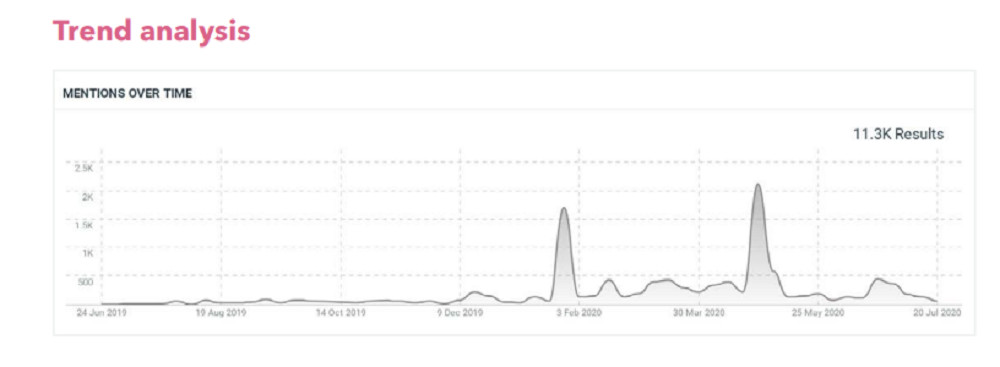
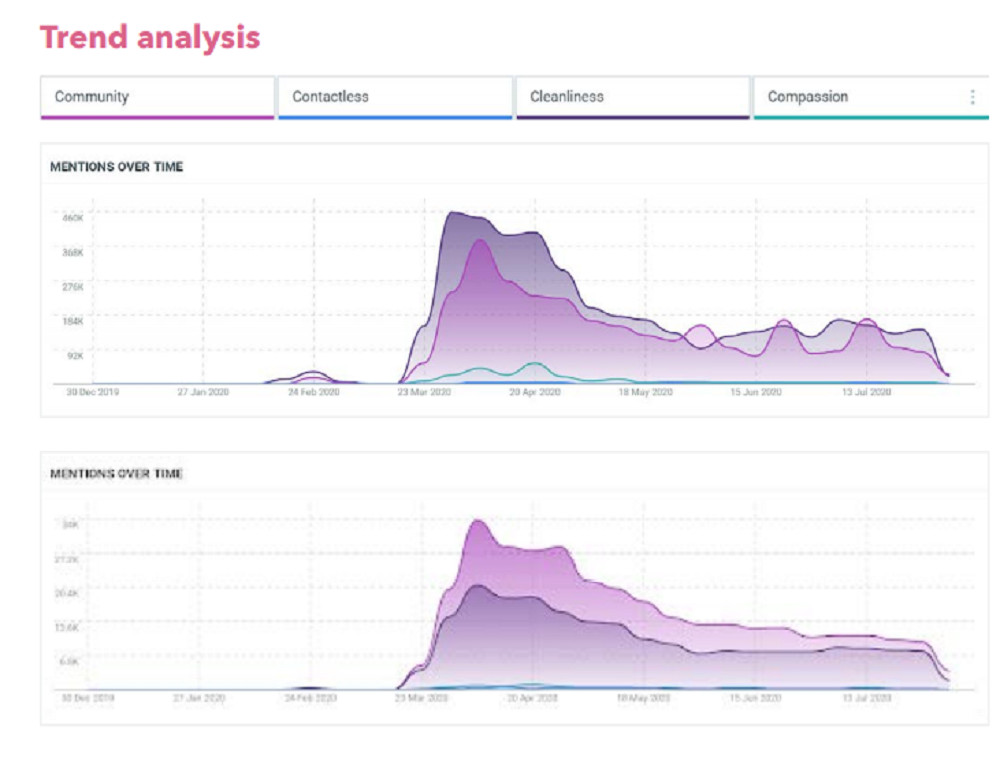


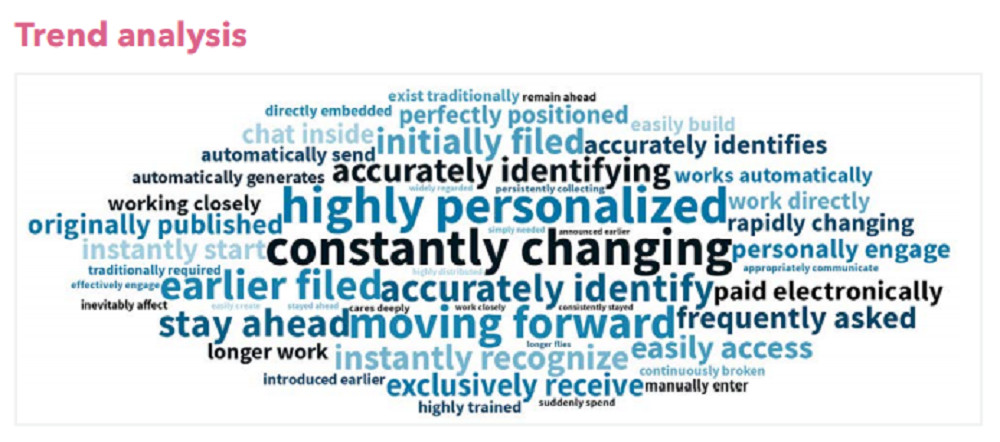


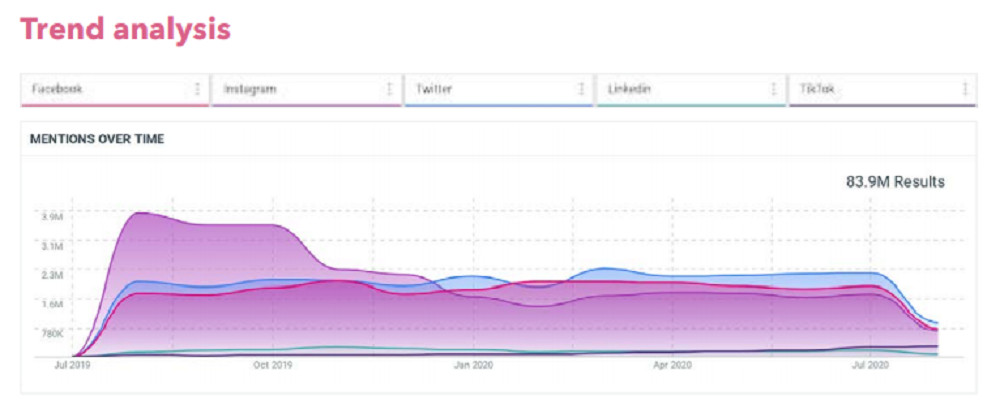
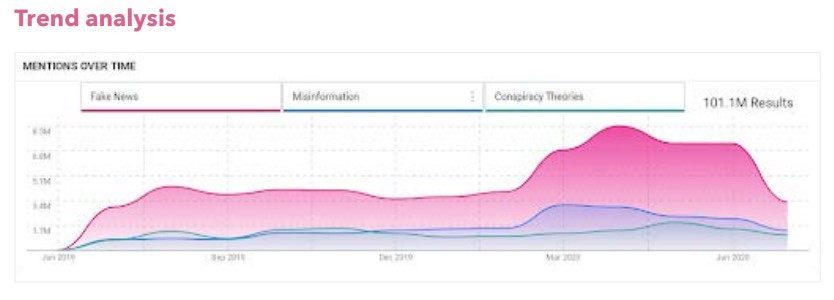


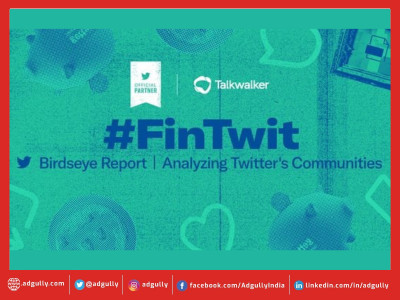

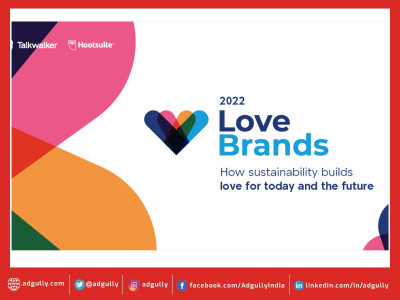
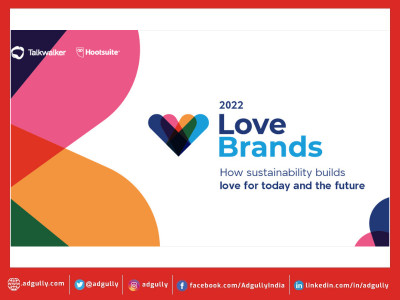
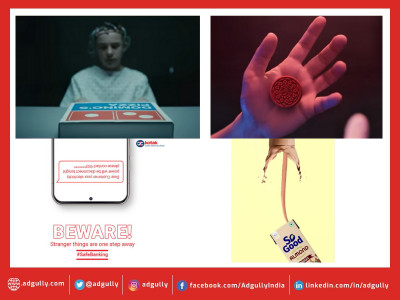
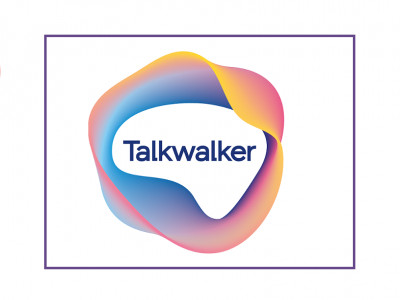




Share
Facebook
YouTube
Tweet
Twitter
LinkedIn